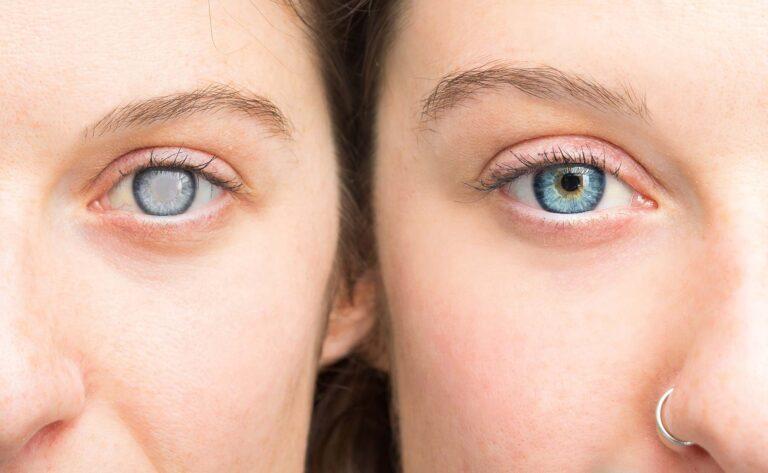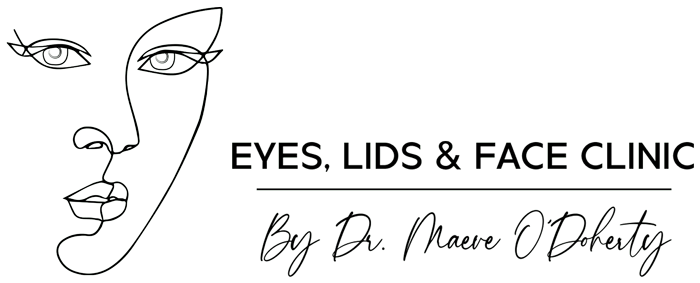
Eyes, Lids & Face by Dr. Maeve
Cataract Assessment

What is a Cataract Assessment?
Cataracts occur when the normally clear lens of the eye becomes cloudy. Cataract sufferers see through cloudy lenses much like looking through frosted or fogged windows. Dr Maeve O Doherty can perform a full cataract assessment on your eyes to ensure that you are not showing early signs of Cataract.
What to expect?
Your eye doctor will perform three specific tests to determine if you have a cataract: a retinal exam, a slit-lamp exam, and a visual acuity test. As part of a comprehensive eye exam, these tests will be performed. Are you experiencing blurry vision, double vision, dim colours, needing bright lights or over 60? You may be experiencing side effects of cataracts.
Eyes, Lids & Face by Dr. Maeve
Cataract Assessment FAQ's

Cataracts occur when the normally clear lens of the eye becomes cloudy. Cataract sufferers see through cloudy lenses much like looking through frosted or fogged windows. Dr Maeve O Doherty can perform a full cataract assessment on your eyes to ensure that you are not showing early signs of Cataract. This assessment requires a GP or optician referral.
Before cataract surgery, you’ll meet with Dr. Maeve and our nurse for a comprehensive assessment. During this assessment, various measurements of your eyes and vision will be taken to ensure the best surgical outcome. This is also your chance to discuss all aspects of the procedure, including your preferences for vision correction, such as whether you would prefer lenses for near or long sight. The assessment ensures that both you and your doctor are aligned on the best approach for your surgery. This assessment takes approx. 30 minutes.
Before cataract surgery, you’ll meet with Dr. Maeve and our nurse for a comprehensive assessment. During this assessment, various measurements of your eyes and vision will be taken to ensure the best surgical outcome. This is also your chance to discuss all aspects of the procedure, including your preferences for vision correction, such as whether you would prefer lenses for near or long sight. The assessment ensures that both you and your doctor are aligned on the best approach for your surgery. This assessment takes approx. 30 minutes.
